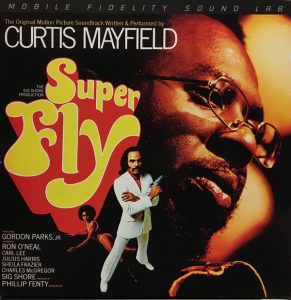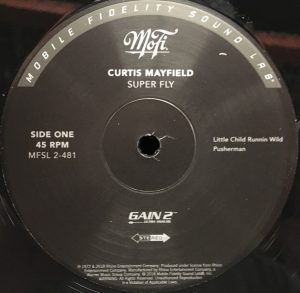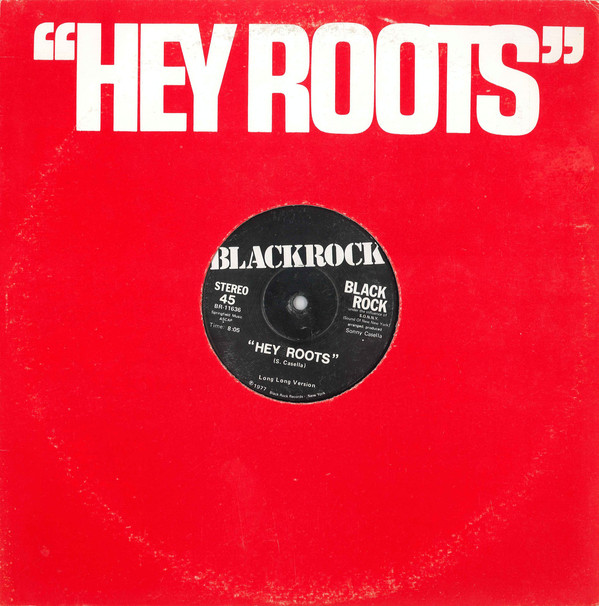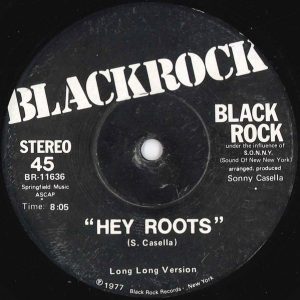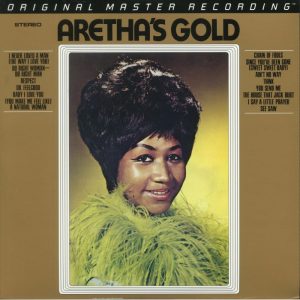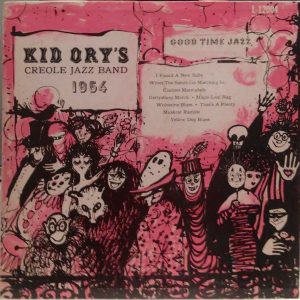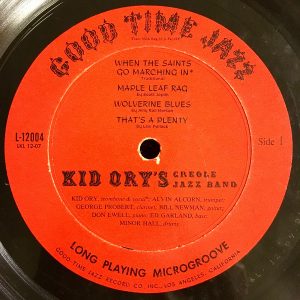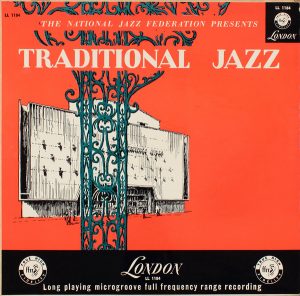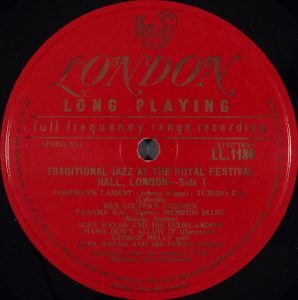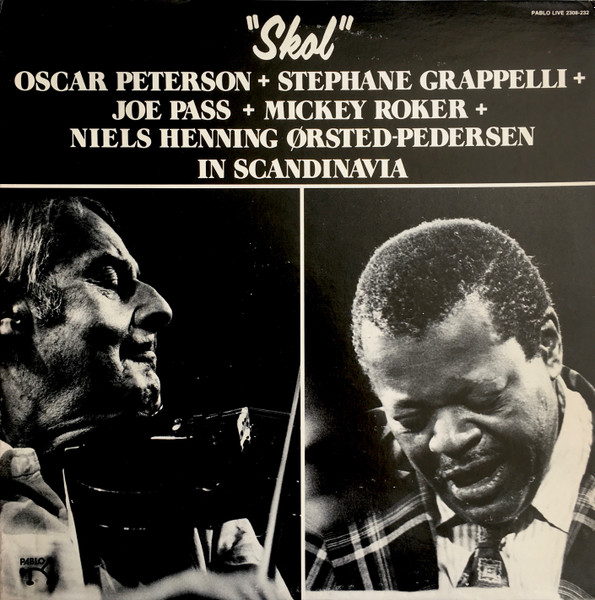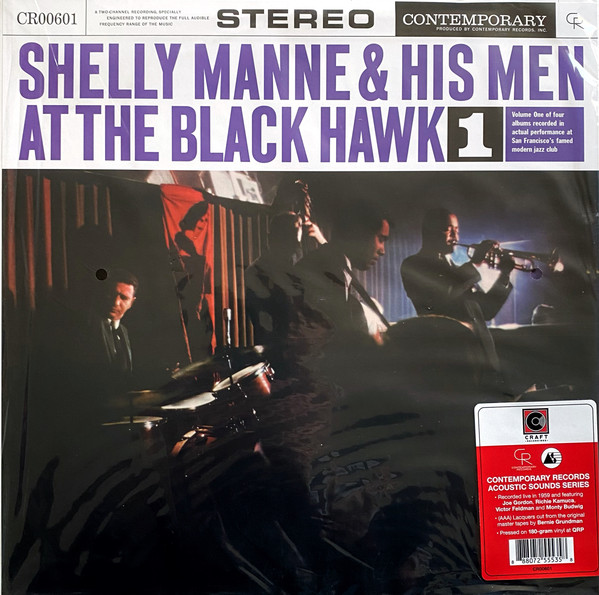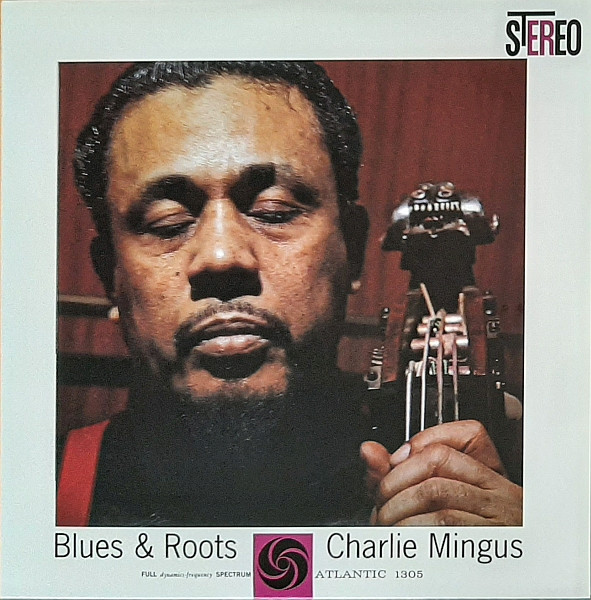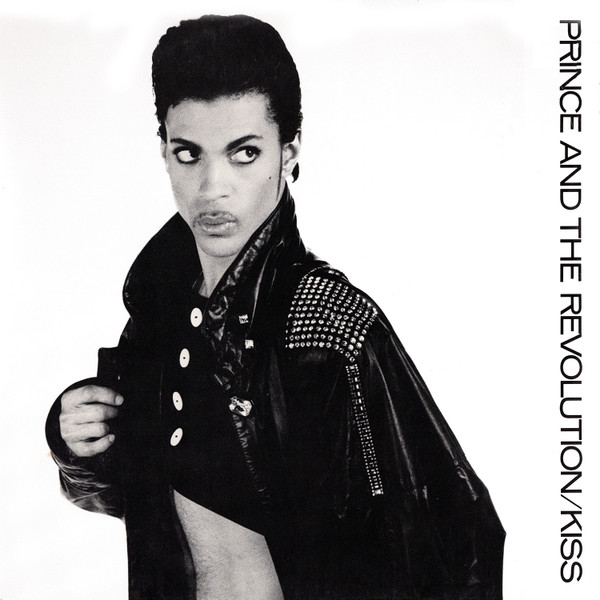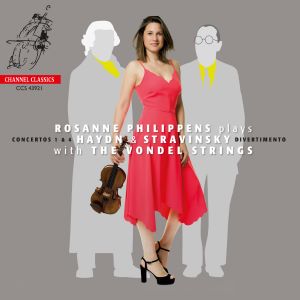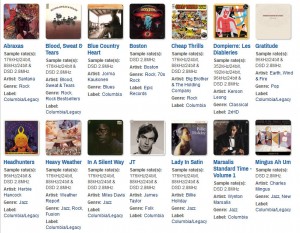This is an ongoing project by Claude Lemaire of Soundevaluations
101. Curtis Mayfield, Superfly (The Original Motion Picture Soundtrack). Curtom – CRS-8014-ST (1972), MoFi, Rhino Records – MFSL 2-481 (2019), (2x45 rpm). Genre: funk, soul, blaxploitation soundtrack style, cinematic soul, ghetto soul.
"I'm your mama, I'm your daddy; I'm that...in the alley; I'm your doctor, when in need; Want some coke, have some weed; I'm your pusherman"
In the darkest of night, there's a moon shining bright, MoFi is my man, precious soul for funk fans. Lately the Mobile dudes are playing a winning streak, hustling out solid sound on solid ground. These cats aren't dumb, lotta things goin' on—never satisfied to stake familiar territory, it's always refreshing to see them seek out soul-funk history. It started with some Stevie Wonder releases but what really won me over was their remastering of the Spinners' self-titled LP [MFSL 1-450] back in 2015 (see selection 27 from my Top 500 SuperSonic List HERE) followed by queen Aretha—Aretha's Gold [MFSL 2-479] in 2017 (see below)—and now make way for brother Curtis. Originally released in July 1972 at the height of the blaxploitation movie mania and directed by Gordon Parks, Superfly—along with Shaft the previous year—not only settled scores at the box office via the big screen but set the score for this short-lived subgenre situated at the intersection of Harlem and Chicago, standing at the crossroads of cinematic soul and frenetic funk. This is the third studio release after his departure from the Impressions, spearheading his 1970 debut Curtis [Curtom CRS 8005], and followed by the revelatory Roots [Curtom CRS 8009]. Considered by many to be his best album, Superfly spawned three hits—the title-track, "Freddie's Dead," and the powerful "Pusherman"—with the remaining six songs closely their equal in musical mastery. The original art and fold out die-cut flap jacket was designed by Glen Christensen and Milton Sincoff. Curtis' compositions combined with Johnny Plate's arrangements and orchestrations are expertly engineered by RCA's Roger Anfinsen at RCA studios in Chicago and Bell Sound Studios in New York (for track 2 only) where San Feldman cut the lacquer for the original pressings which stemmed either from the Monarch Record Mfg. plant in Los Angles, CA—wherein Jerry Pines did the plating—or the Sonic Recording Products plant in Long Island, NY. I don't know if there are subtle or substantial differences between both pressings but I can say that my 1972 Sonic pressing sounds only fair—about a 6.7 or so—exhibiting some hard-sounding compression, shelved bass, and slightly harsh highs, especially manifested in the title track that is situated closest to the label, i.e. technically the worse position. On the other hand, this double 45 rpm remastered and cut by Krieg Wunderlich and Rob LoVerde at Mobile Fidelity Sound Lab in Sebastopol, CA and pressed at RTI simply trounces my original in every parameter: bass quantity and quality; treble transparency and delicacy; 3D soundstage; plus a non-compressed fatigue-free tonal balance. Praiseworthy are the realism of the congas and the guitar wah-wah pedal, plus the exquisite finesse of the harp. All in all, a 9.5 winner. The only minor reservation being the ever-slight hi-hat texture that I found a touch rough, for which I suspect is on the original master tape, most probably from specific mic choice or placement; nevertheless it's much better than the original pressing. This is quite a remarkable remastering from MoFi—don't ask no questions why, the only game they know is do or die!
102. Blackrock, "Hey Roots." Black Rock Records – BR-11636 (1977), 12", 45 rpm. Genre: funky disco, afro-funk.
Although they partly share the same title, there is no ancestry between Blackrock's "Roots" and Curtis' Roots cited above. Nor is there much information anywhere on the group, other than they had at least one prior single back in 1975. Released only a few months after ABC's 1977 mini-series Roots based on Alex Haley's 1976 novel, this 12-inch single—by happenstance or not—had a limited run as a minor underground hit in a few major discothèques at the time, such as Montreal's Limelight under the baton of deejay Robert Ouimet. Composed, arranged, and produced by Sonny Casella–S.O.N.N.Y. serving also as an acronym for Sound of New New York—"Hey Roots" appeared as one of only three Black Rock Records releases, masterfully cut by ex-Bell Sound Studios mastering engineer Joe Brescio at the Master Cutting Room in NYC on a Neumann VMS-66 lathe and SX-68 cutterhead, and pressed by North American Music Industries. The rather simple song structure—built on a forceful four on the floor potent pounding beat, complemented by a catchy funky guitar riff, minimal female chorus, sexy sax solo, and synchronized stomping feet—doesn't quite fit the numerous subgenres of the era: Philly sound, Sunshine Sound, Eurodisco, electro-disco, etc. It could almost pass for a melange of Manu Dibango meets Hamilton Bohannon with a subtle proto-left field flavor added in. This must be the best disco kick drum ever cut on record showing outstanding dynamic modulation all the way through—perfect sharp attack with rounded sustain to prolong pleasure—plus organic electric bass, clean funky guitar, and fiery saxophone to boot. The overall mix, and tonal balance are 100% spot on; displaying zero-fatigue, you can pump up the volume and it comes out confidently clean, solid, and slamming—given the right system of course. I would probably place this 12-inch single nearly on par with my previously mentioned top contender for stratospheric sonic splendor: the Rockets' "Atomic Control" (see selection 77 from my Top 500 SuperSonic List HERE).
103. Aretha Franklin, Aretha's Gold. Atlantic – SD-8227 (1969), MoFi – MFSL 2-479 (2017), (2x45 rpm). Genre: soul, southern soul, R&B, blues, gospel + spiritual roots.
"The Queen of Soul" finally got the sonic R.E.S.P.E.C.T. she long deserved, brought to you by the letters MFSL, KW, RML, and RTI. To be sure, never was there any doubt regarding Aretha's pivotal place in the 1960s soul music, civil rights, and rising feminist movement. By comparison, the sound situation seemingly succumbed to the old "Rodney Dangerfield" syndrome, that is until MoFi resurrected and gave it the full royal treatment. Arranged by Arif Mardin and Tom Dowd, and produced by Jerry Wexler; Aretha's Gold originally came out in August 1969, and comprises all of her hit singles up to that point, including: "Respect," "(You Make Me Feel Like) A Natural Woman," "Chain of Fools," "Think," and her incredible version of Bacharach-David-Warwick's "I Say a Little Payer"—just to name a few. With the exception of Rick Hall partly handling the first two tracks at his FAME recording studio in Muscle Shoals, Alabama–the remaining tracks where engineered by Dowd at Atlantic studios in NYC. I do not own an original pressing of Gold to compare with but based on three of the initial albums—all first press Canadian copies—which contained these golden hits, the sonics were far from impressive, lacking both low end and high end frequencies, and any finesse; in a nutshell quite "mid-band" and bland. What is now clear with this MoFi release is that the original studio stereo recordings were near-fantastic. Dowd got Wexler and Atlantic to purchased one of the first 8-track Ampex model 5258 and by the time they recorded her in February 1967, they had mastered the art of miking and transferring to tape a sensational soul session. Although stemming from different dates, the compilation album is very uniform in sound. The latter is bold, solid, chunky, hard-panned with the entire drumset dynamically punching in one channel—typically on the right—accompanied by the brass convincingly crisp, seeming to suddenly enter and disappear on a whims notice. Engineers Krieg Wunderlich and Rob LoVerde really got it right remastering and cutting at 45 rpm the original master tape, with perfect tonal balance, dynamics, and zero-fatigue musical tone. Aretha would go on having a few good singles such as "Spanish Harlem" and "Rock Steady" both in 1971, but then rapidly declining during the disco decade of the 1970s. For a more in-depth evaluation, you can go HERE.
104. Kid Ory's Creole Jazz Band, Kid Ory's Creole Jazz Band 1954. Good Time Jazz – GTJ L-12004 (mono) (1954), 33 1/3 rpm. Genre: Jazz, New Orleans style, dixieland, traditional Creole.
Born in 1886 in LaPlace, Louisiana, trombonist and bandleader Kid Ory—along with cornetists Buddy Bolden and Joe "King" Oliver—were towards the turn of that century at the forefront of merging marching bands, blues, and ragtime into what we collectively now call New Orleans jazz or jass as it originally was spelled. Not only did the French-speaking Ory and his band influence the beginnings of jazz, he judiciously foresaw recruiting a young Louis Armstrong and clarinetist Johnny Dodds before the former rose to fame—both he and Dodds would later participate in Armstrong's original Hot Five formation in a 1927 recording titled "Ory's Creole Trombone." The "Kid" was also associated with the traditional jazz or Dixieland revival of the 1940s and 1950s. Such is the case with this August 1954 afternoon recording featuring the typical instrument line-up of drums, bass, piano, clarinet, trumpet and trombone, with the exception of guitar replacing the ubiquitous banjo. On it the septet performs trad jazz anthems such as "When the Saints Go Marching In," Joplin's "Maple Leaf Rag," Jelly Roll's "Wolverine Blues," and Ory's own "Muskrat Ramble," thus representing a good portrait of this truly American artform. Lester Koenig supervised the recording for his Good Time Jazz label which he founded in 1949, two years prior to Contemporary Records which has a stellar reputation regarding sound quality, as happens to be the case here also. Interestingly despite that fact and similarities in sound, Roy DuNann was not the engineer—only joining Koenig two years later after a stint as director of Capitol's Coast recording studio operation. Instead for this LP it was John Palladino—also from Capitol—that was in charge. Employing a multi mic setup, the sound is superbly crisp, dry, dynamic, articulate, with very realistic timbre. The trumpet and trombone's blat brings it a touch of realism and excitement, energizing the room, and showcasing the festive atmosphere. The bass is surprisingly well captured—be it in solos or in background reinforcing the driving beat of the drum—with precision and bounce, especially remarkable given the period. One of the best sounding trad jazz records I have come across.
105. Ken Colyer, Alex Welsh, George Melly, Chris Barber, Lonnie Donegan Skiffle Group – The National Jazz Federation Presents: Traditional Jazz. Decca – LK 4088 (UK), London Records – LL 1184 (mono) (1955), 33 1/3 rpm. Genre: Jazz, dixieland, trad jazz, New Orleans style, skiffle.
Situated on the south bank of the River Thames, the then-newly constructed three thousand-seat or so Royal Festival Hall in London, England, would host a number of important concerts and events throughout the years. Recorded in October 1954—barely two months after the previous selection—Traditional Jazz presents "Her Majesty's take" on New Orleans jazz with a snippet of skiffle thrown in for good measure. A who's who of dixie's monarchy, the Decca-based "ffrr" London LP—for the US market—exemplifies the growing British revival movement occurring during the 1950s, instigated by pianist George Webb, with Ken Colyer's Jazzmen featured here leading the pact. Interestingly, Barber, Colyer, and Donegan, all played in the same band starting in 1953, right until May the following year, where there was a major personnel split, a mere six months prior to this concert recording. Regrettably there is no engineering credits listed on the back cover but basically the mono sound is crisp, direct, and dynamic, with plenty of bold and balanced tone to spare, and is on par pretty much with the previous entry. As with most London Records pressed and sold in the States, the label indicates "Made in England" but in reality, this only signified the true recording origin, rather than the actual pressing origin.
A final note:
Now don't go 'bonkers' if you have not found your favorite recording included in this List, just remember: we are still in the first fifth of a long long journey...into sound.
For more from Claude Lemaire go to his blog...
http://soundevaluations.blogspot.ca/




